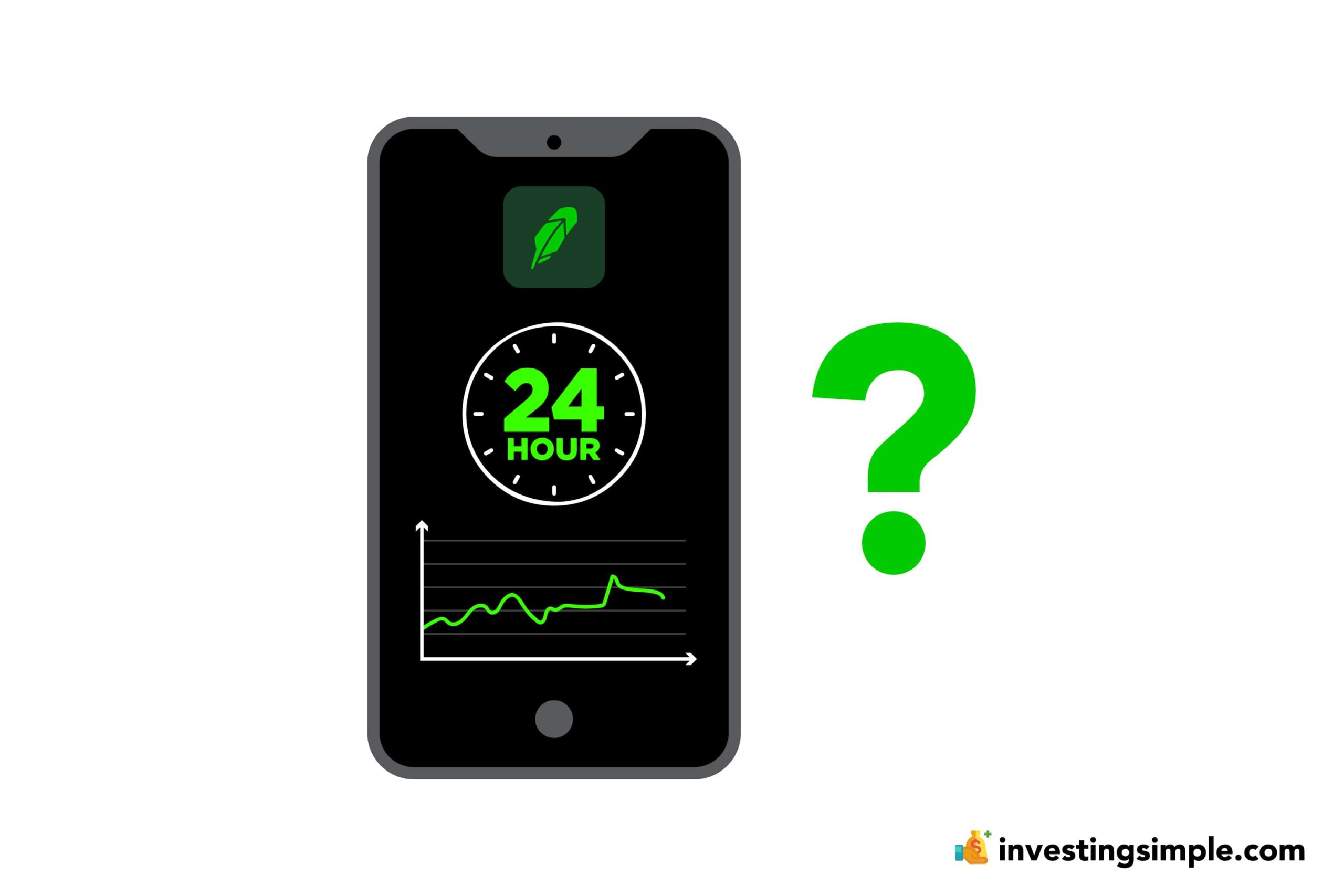





Day trading has become a popular concept as of late. While it can be a profitable way to earn, it's also a high risk investment strategy.
A day trade refers to the action of buying and then selling a security all within the same day (or selling and then buying a security within the same day). If you were to purchase a stock, then sell a different stock, and then purchase another separate stock all in one day, then that is not day trading.
Many brokerages and investing platform support day trading. However, day trading does have a set of rules that must be followed. We will cover those rules in this article.
Robinhood is one of the most popular investing apps available and does support day trading. The platform was created to make investing easier to understand and execute. As such, the platform has a sleek design with an incredibly simple user interface.
So, how does day trading work on Robinhood? Let's dive in!
Don't forget to grab your free stock worth up to $200 from Robinhood today!
Robinhood is a popular "all-in-one" investing app.
While they are most well-known for their commission free stock trading, they've recently shaken up the Retirement Investing World too.
Introducing Robinhood Retirement; home of the biggest IRA match on the market.
Here's what you need to know:
And don't worry, this comes with a Portfolio Builder Tool. You don't have to construct your investment portfolio from scratch if you don't want to.
Lastly, you'll even get a free stock worth up to $200 when you open a new Robinhood account using our link.
With Robinhood, investors can day trade, though there are a few important considerations. If you have a standard account, the platform only gives you three daily trades in a five trading day period. However, they allow unlimited trades if you have $25,000 of equity or more in your account.
Specifically, you need to have at least $25,000 of equity in your standard or gold account at the end of the previous day. This sounds tricky, but it just means that if you want to day trade on a particular Tuesday, you had to have an account value of more than $25,000 at the end of the previous trading day, which would be Monday.
So, if you have under $25,000 your trades are limited, and you probably shouldn't be day trading.
If you have over $25,000 and you have unlimited trades, you could day trade with Robinhood. This $25,000 minimum is true for any brokerage that supports day trades.
However, as we mentioned, day trading tends to be significantly riskier than long-term investing and is generally best suited for experienced traders.
In general, a more technical app like Webull may be better suited for day trading. On this app, you'll have access to significantly more research tools and data than you will on Robinhood.
The pattern day trader rule was put in place to help protect you from taking on too much risk. This is a rule you'll have to be mindful of no matter which investing app you decide to use. This rule was implemented in 2001 by the Finance Industry Regulatory Authority (FINRA).
You are considered a pattern day trader if you execute four or more day trades within five business days.
At that point, you will need to cancel your trade to avoid being classified as a pattern day trader unless you meet the $25,000 minimum.
If you place your fourth day trade in a five-day window, Robinhood will mark your account for pattern day trading for ninety calendar days. This means you won’t be able to place any day trades for ninety days unless you bring your account equity above $25,000.
Also keep in mind that if you continue to day trade with an account valued below $25,000, not only will you be flagged as a pattern day trader, but Robinhood will pile more restrictions on your account.
This is not a place you want to be in, and Robinhood provides a tracker for your day trades within your account settings so you can keep tabs on how close you are to triggering the Pattern Day Trader Rule.
Robinhood will give you a day trade call if you exceed your day trading limit. This is base on the type of assets you are trading, not so much the number of trades placed.
For example, you will use more of your day trade limit if you frequently day trade high-volatility stocks. Volatility means the security has big swings in either direction, up or down in value, in a short time period. Day trading stocks like these exposes Robinhood to more risk, and so if they feel that risk is too large, they may give you a day trade call.
You can increase your day trade limit by depositing more money, but not by selling stock.
Robinhood will give you a day trade call if you make a trade that is over your account’s limit.
You will then have five business days to meet the call by depositing cash. If you day trade without resolving your day trade call, or if you let your day trade call go past due, you won’t be able to place any day trades for a ninety-calendar-day period.
You can resolve your day trade call by depositing the amount shown in the day trade call message you received by email, in the app, and in your account menu. You’ll be able to withdraw the money that you deposit after the standard, five-day settlement period.
Once you’ve resolved your day trade call, you can resume day trading on the next trading day.
When you make a day trade that you think may trigger a day trade call, it's wise to have extra cash on the sidelines that you can use to meet a potential call. Getting your account shut down for 90 days is not something that any trader wants to deal with.